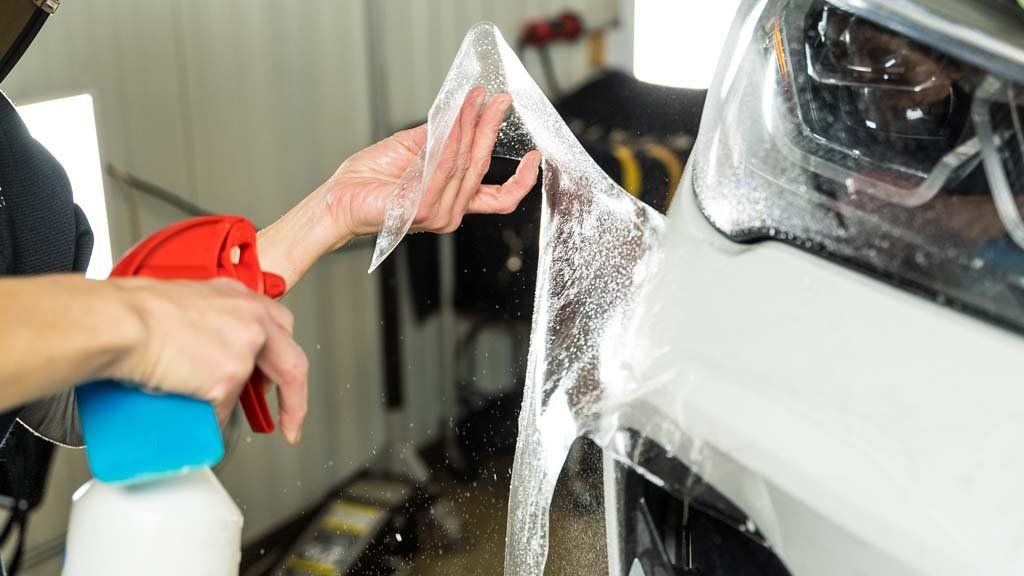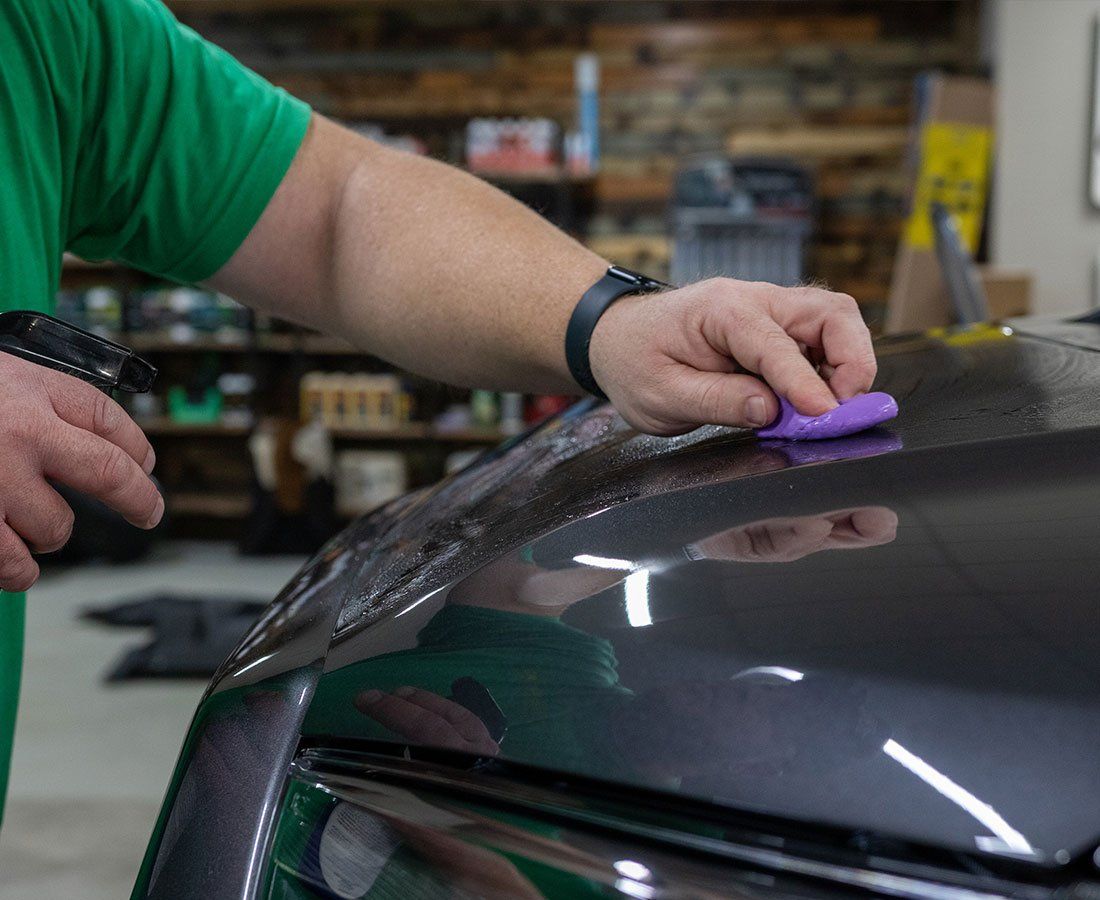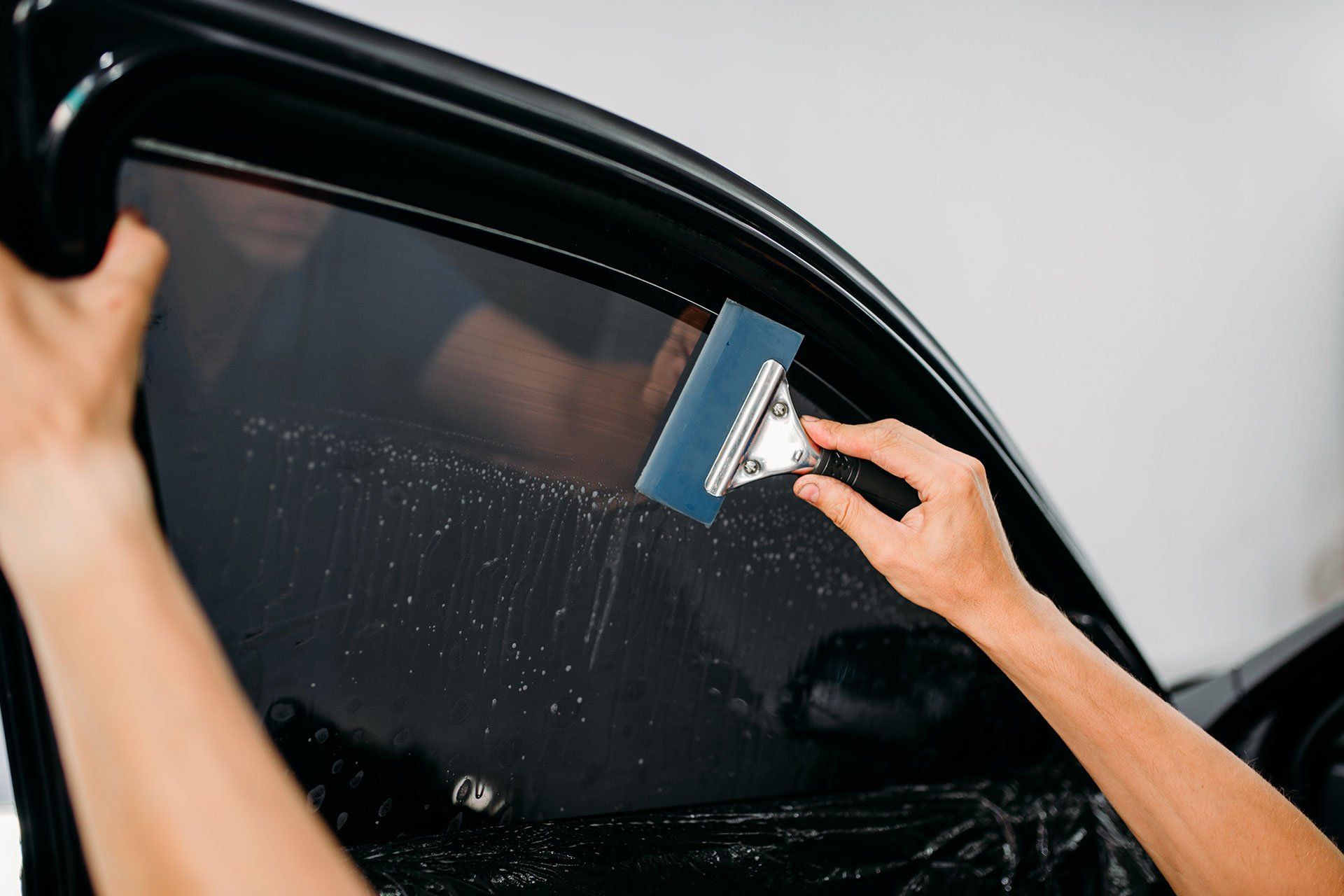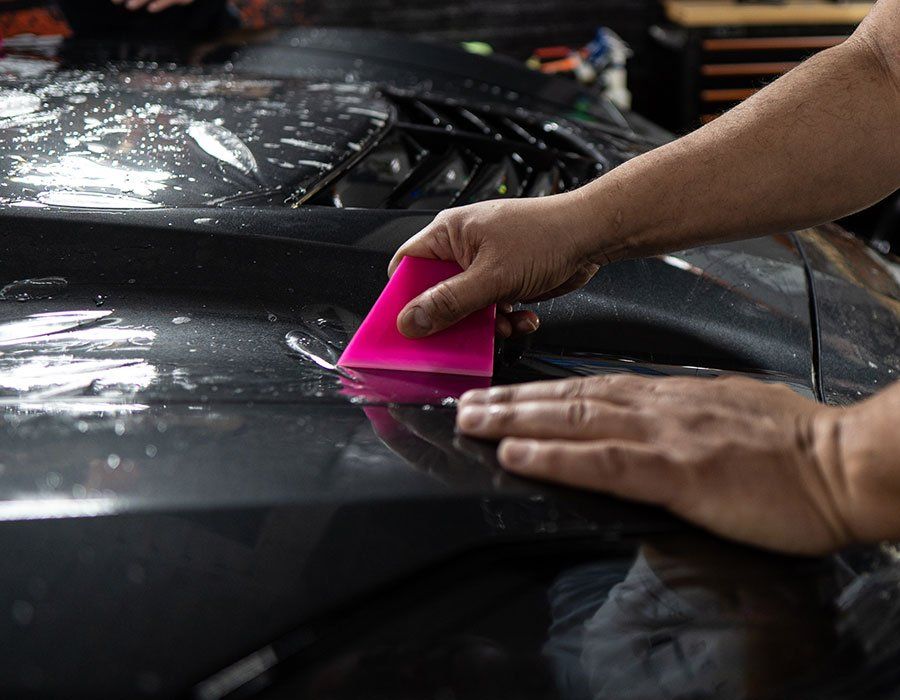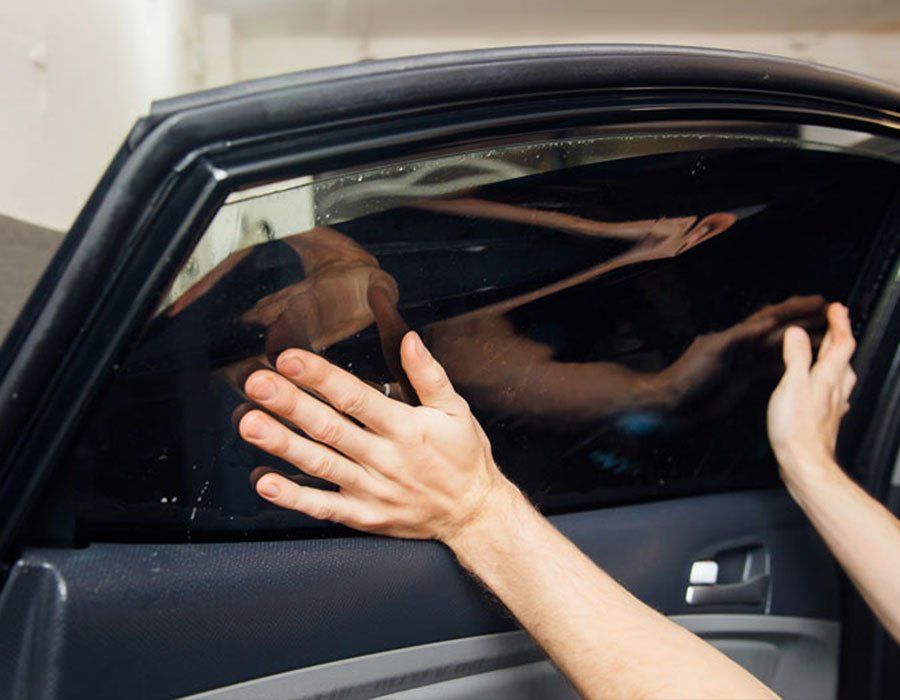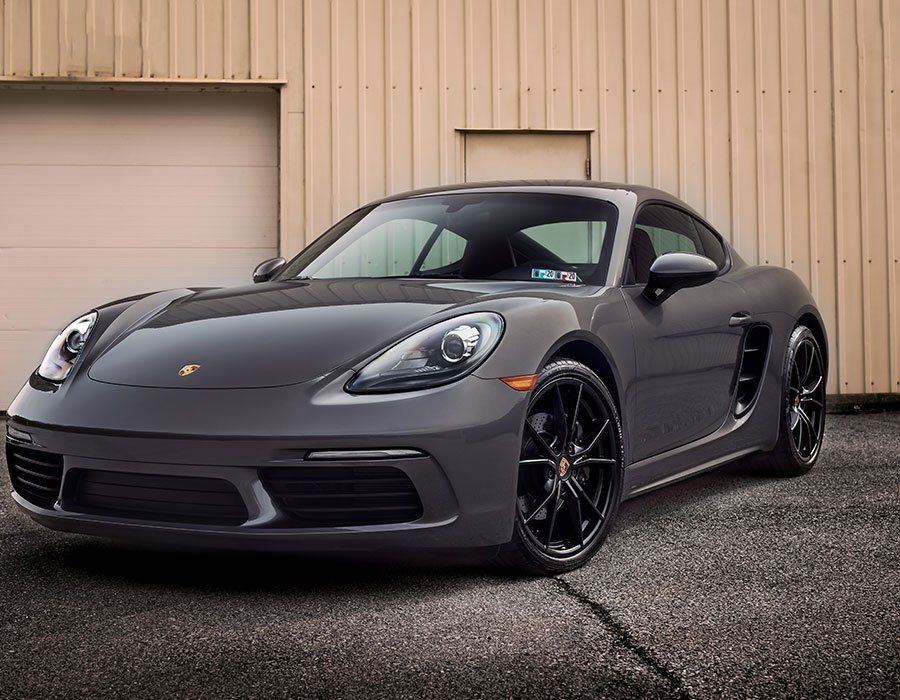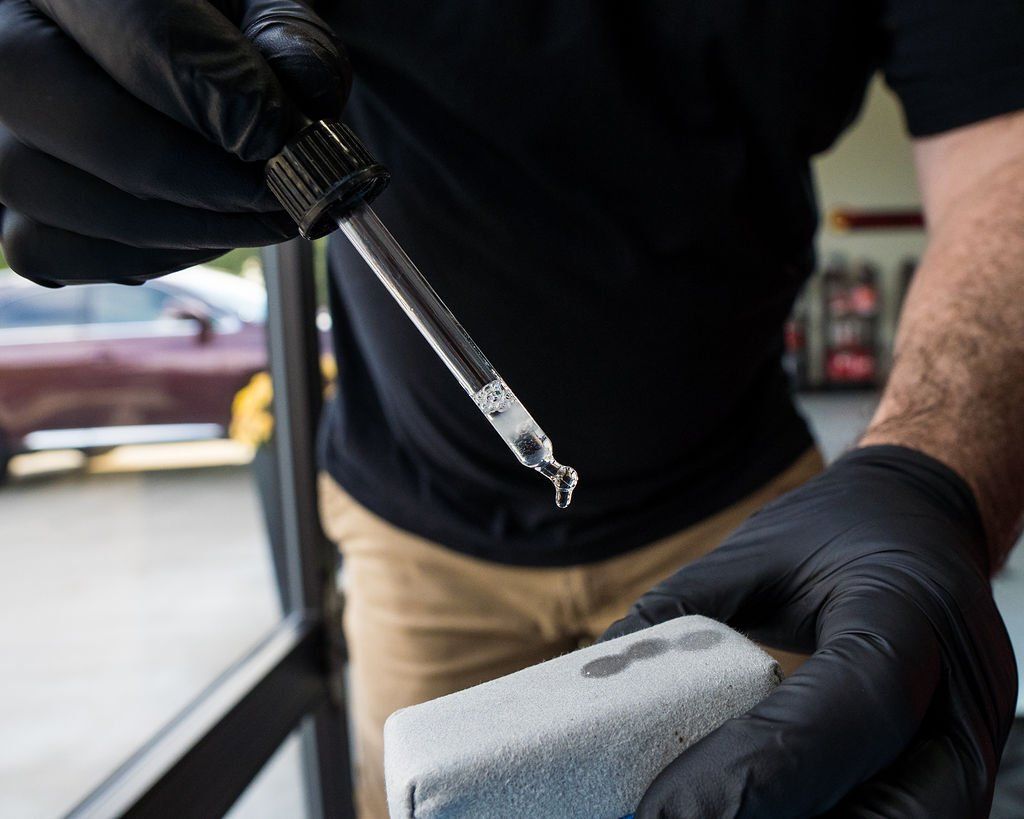
Did you just invest in a ceramic coating for your vehicle? What an investment! Take it from us; you just made a wise and effective choice for your ride. Now, you will need to know how to properly maintain your vehicle's ceramic coating if you want it to remain in pristine condition for years to come. That's why we wanted to share some of our top tips to ensure that your ceramic coating stays vibrant, glossy, and looking its best. Read on to discover the simple tricks that you can use to make sure your ceramic coating is kept in showroom condition—you'll thank yourself later!
What Is Ceramic Coating and What Does It Do?
Ceramic coating has become a popular aftermarket product to protect and beautify your vehicle's paint. But what exactly is ceramic coating, and how does it work? Ceramic coating is a liquid polymer that is applied to the exterior of the vehicle and then chemically bonded to the paint, allowing it to form a barrier against dirt, dust, bird droppings, and other debris. This protective layer adds an extra layer of protection from UV rays and general wear and tear on a car's surface.
One argument for using ceramic coating is that it helps provide long-term protection for your car's finish. With regular washing and maintenance, the coating can stay in good condition for up to two or three years before needing to be reapplied. Plus, with its hydrophobic properties, dirt and water will have trouble sticking to your car’s paint, meaning you won't have as much chance of having water spots or light scratches on the vehicle's surface.
On the other hand, there are some drawbacks to using ceramic coatings. For one thing, they can be expensive since they require professional installation. Also, since ceramic coatings don't penetrate all the way into the paint itself, minor chips or scratches that occur will still remain visible until repainted for full coverage.
Either way, ceramic coatings are becoming increasingly popular among auto enthusiasts who care about their cars' looks and durability. By providing an extra layer of protection above the standard waxing treatments many people use on their vehicles, ceramic coatings help keep cars in showroom condition even after heavy use or exposure to the elements. And with proper maintenance and upkeep, it can last for years without having to be replaced. Given these advantages, it's easy to understand why so many people choose ceramic coatings when restoring their vehicles' finishes.
No matter which side of the debate you’re on, it’s important to understand how ceramic coatings work if you want to keep your car looking its best. In our next section, we will look at some of the key benefits of applying a ceramic coating to your vehicle’s paintwork.
Benefits of Ceramic Coating
When it comes to the benefits of a ceramic coating for your vehicle, there’s no shortage. Ceramic coatings are tough and durable, making them ideal for keeping your car looking new for longer periods of time. Not only does it give your vehicle a glossy finish, but ceramic coatings also offer superior protection from dirt, debris, and contaminants like salt and grit. In addition to being resistant to corrosion, ceramic coatings can help reduce scratches and other blemishes. They also provide an additional layer of UV protection that helps prevent paint from fading or oxidizing. There are even some coatings that can offer hydrophobic properties, which help repel water and make regular maintenance easier.
Though ceramic coatings have numerous advantages, there are still some drawbacks associated with them. For example, ceramic coatings may be more expensive than traditional waxes or sealants, so they may not be the best choice for those on limited budgets. Additionally, the application process can be complicated or time-consuming depending on the level of detailing you’d like done; if you’re not prepared to invest the necessary time and effort into this process, ceramic coating may not be right for you.
Overall, the benefits of ceramic coatings generally outweigh any risks involved in their use. Before applying a ceramic coating to your vehicle, it’s important to understand both its pros and cons. Doing so will ensure that you make an informed decision about which product is right for you. With proper knowledge and care, ceramic coatings can help your vehicle look better than ever before — and last for years afterwards, no matter what kind of weather conditions it faces!
To further extend the life of your car's coating and make sure it looks its best, it's essential to maintain your vehicle's ceramic coating properly. In our next section, we’ll provide tips on how to do this effectively, so you can get the most out of your vehicle’s ceramic coating investment.
Tips to Maintain Your Vehicle's Ceramic Coating
Having a ceramic coating applied to your vehicle is an easy way to keep it looking its best. But it takes constant maintenance and care if you want to ensure its long-term performance. To maintain the optimum condition of your vehicle's ceramic coating, here are some tips you should follow:
Start by washing your car regularly with a mild soap or specially formulated cleaning product that is compatible with ceramic coatings. Be sure to also rinse off any dirt or debris from the coating and re-apply wax or sealant on top as part of your maintenance schedule. This will help form a protective barrier over the ceramic coating, preventing dirt and dust from building up on the surface.
By giving your vehicle proper care with these tips, you’ll be able to maximize its lifespan, protect its value, and guarantee that it continues to look like new far into the future. At the end of the day, proper prevention is always worth more than having to fix microbial damage after it has occurred. To make sure your car stays adequately protected from everyday hazards such as UV exposure, weathering, bird droppings, contamination, and abrasion, you’ll need to introduce a special protective care routine into your schedule.
Protective Care Routine
In order to maintain your vehicle's ceramic coating, it is important to have a consistent protective care routine. One of the best ways to keep the ceramic coating looking like new is by regularly washing and waxing the car. Doing so will not only remove dirt and dust from the surface but will also help guard against scratches and chipping that can damage the coating. Another helpful tip is to use a dedicated car cover to protect your vehicle from the elements, such as rain, snow, and UV rays. However, one should also consider using a spray-on or paste wax every few months, especially if you live in an area where extreme weather conditions are common.
Furthermore, it is essential to steer clear of any harsh cleaning detergents and abrasives in order to preserve the integrity of the ceramic coating. Common household cleaners may leave harmful residue on the vehicle's exterior that can ruin its appearance, so make sure you use only mild soap and water for regular cleaning purposes. Lastly, be sure to always apply a coat of wax after washing in order to provide extra protection against future damage.
By following these simple tips for protective care, you'll find that your vehicle's ceramic coating will stay looking like new for years to come. With regular maintenance such as washing and waxing, your automotive investment will truly stand out from the rest with its sparkling appearance. As was mentioned before, caring for a car with a ceramic coating can seem daunting at first, but following these preventive measures will definitely pay off in the end! Next, we'll discuss why regular cleaning and waxing can be so beneficial for preserving your vehicle's original state.
Regular Cleaning and Waxing
When it comes to regular cleaning and waxing, it can be beneficial for your vehicle's ceramic coating longevity. Regular washing removes dirt and grime from the car’s surface, which in turn prevents those contaminants from being embedded in the coating. Waxing helps protect the paint and underlying layers of a car's finish by laying down a protective layer over surfaces. While classic wax may look glossy and shiny on the top, it isn't just for aesthetic value; it helps protect against dirt, watermarks, staining, and other forms of deterioration. Even if your ceramic coating is relatively new, regular cleaning and waxing are important for maintaining a long-term protective barrier.
That said, care should also be taken to use products that won't harm the sealant or strip existing layers of the car's finish. Aggressive abrasives and acidic chemicals found in many detergents can strip away existing wax layers as well as erode coatings over time. Speak with a professional about which types of topical care options are available for your vehicle’s new ceramic coating.
Regardless of which product you choose for regular maintenance, regularly cleaning and waxing your ceramic-coated vehicle will help keep its protective layers looking fresh and prevent future damage. The trick is finding the right balance between mindful protection and savvy preventive steps to ensure long-term success. With regular upkeep in place for both keeping the surface clean and damage-free, you can enjoy years of protection for your vehicle's ceramic coating investment.
Keeping the Surface Clean and Damage-Free
Keeping the surface clean and damage-free is essential when it comes to preserving your vehicle's ceramic coating. To maintain this level of cleanliness, regular upkeep such as washing the exterior with a gentle cleaning solution, waxing, and wiping off any dirt or mud is necessary. However, there is a debate among car enthusiasts about whether it is more beneficial to wash the vehicle by hand or use a power washer. Auto detailing professionals tend to think that hand-washing is preferable, while some argue that a power washer can be used occasionally without causing harm. The main problem with the power washer is that using too much pressure or an inappropriate nozzle can strip away the protective layer of the coating, resulting in contaminants sticking more easily to its surface. At the same time, improperly drying the area after a power wash can cause water spots, which are difficult to remove. On the other hand, even with proper care and precautions, hand washing may not be able to reach areas missed by power washers, such as deep dents or holes where dirt collects from day-to-day driving activities, thus making it vulnerable to corrosion and rust. Striking a balance between these two approaches is important for keeping your ceramic coating looking like new for years to come; however, leaving it up to personal preference as to which method works best for you might be wise in the end.
No matter what technique you decide to go with, ensuring that you restore your vehicle's exterior whenever possible also plays a significant part. Removing scratches and damages before they corrode will prevent further deterioration of your car's protective coat and help it last longer. With these simple steps and a little extra effort, you can keep your vehicle's ceramic coating shining and looking like new, so you can enjoy its glossy aesthetics for years. As we move forward towards keeping your car's ceramic coating well maintained, let us now explore maintenance products specifically designed for ceramic coatings to ensure maximum performance.
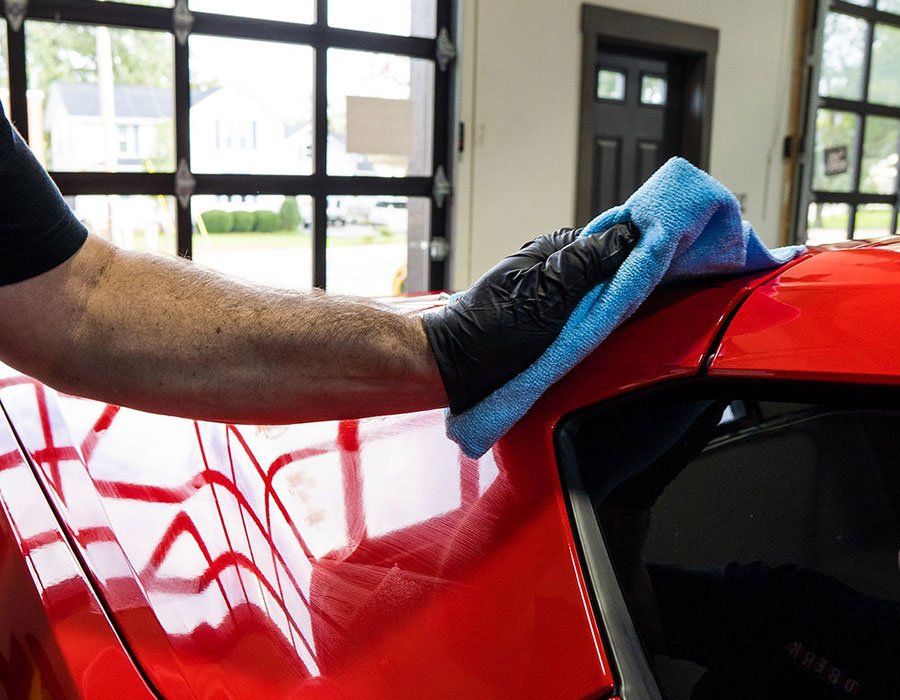
Maintenance Products for Ceramic Coating
When aiming to keep your vehicle’s ceramic coating looking like new, one of the most beneficial steps you can take is to use specialized cleaning products specifically made for ceramic coatings. A specially designed maintenance product will help protect and nourish the ceramic coating during washing and on a regular basis. This helps prevent degradation from occurring, preserving the finish of the material over time. Some may argue that any car cleaner or polish would suffice, but the level of protection a ceramic-specific cleaner offers will be much higher.
The key when searching for maintenance products is to look for something that emphasizes that it is specifically formulated for ceramic coatings and that it also offers protection against UV rays—because overexposure to direct sunlight does accelerate breakdown and deterioration. It’s important to read up on reviews online as well as consult with professional detailers in order to obtain reliable advice on which cleaners are best suited without causing harm to your paintwork.
Keeping a clean surface free of dirt and debris is essential for the successful protection and longevity of any ceramic coating. But using dedicated cleaners specifically made for these coatings will give you greater peace of mind when washing your car, knowing that what you’ve applied is not only keeping it clean and shiny but also preserving it from damaging ultraviolet radiation as well as natural elements like rainwater and dust accumulation. Utilizing such products properly is key to achieving long-term holographic shine and great-looking surfaces underneath your vehicle's ceramic coating.
Answers to Common Questions
How often should a ceramic coating be reapplied?
The frequency of ceramic coating reapplication will depend on a few factors. First, the type and quality of the coating used will affect how often it needs to be reapplied. Generally speaking, higher-quality coatings are more durable and will need to be reapplied less frequently than lower-quality options. In addition, the environment in which your car is kept can also affect how often the coating needs to be reapplied. If you keep your car outside or in a location where it needs to withstand harsh weather conditions, you may need to reapply the coating more often than if you store it in a garage. Finally, the individual driving habits of the owner play a role as well. If you frequently drive on off-road trails or take your vehicle through high-temperature or high-moisture climates, then you'll likely need to re-apply the ceramic coating more frequently than someone who takes their vehicle on short city drives. Ultimately, assessments should be made after a period of time (approximately 12 months) to determine if and when reapplication is necessary.
What are the best cleaning products to use on a ceramic-coated vehicle?
The best cleaning products to use on a ceramic-coated vehicle are those specifically designed for this purpose. These types of products are formulated to clean the coating without damaging the surface or diminishing the coating's finish. Make sure that when choosing a product, you read the labels carefully and select one with pH-balanced ingredients that won't strip away the coating over time.
Moreover, it is important to use microfiber cloths since they are softer and can be used both wet and dry, helping you avoid scratching your vehicle. Additionally, you should avoid aggressive chemicals such as abrasive cleaners or strong solvents, as these could degrade your vehicle’s ceramic coating.
What are the benefits of having a ceramic coating on a vehicle?
Having a ceramic coating on a vehicle offers a variety of benefits. The most notable of these are improved durability and scratch resistance. Ceramic coatings provide superior protection against the elements, making it more difficult for dirt and mud to attach to the surface of the car and reducing regular cleaning needs. It also helps protect the paintwork from fading due to UV light exposure, enabling a longer-lasting shine. On top of all this, ceramic coatings make cleaning the car significantly easier and faster. Water beading on the car’s surface helps reduce scrubbing time while still providing squeaky-clean results.
Top Ceramic Coating Service in Tarpon Springs, FL
Are you ready to witness your car's transformation into a stunning masterpiece? Look no further than Auto Film Guys, which provides unrivaled ceramic coating service in Tarpon Springs, FL. With our unparalleled expertise, supreme quality products, and commitment to exceptional customer service, we guarantee an experience like no other. Don't miss out on the opportunity to unleash the radiance of your vehicle. Take action now and choose Auto Film Guys as your trusted partner in automotive perfection.
The Auto Film Guys Blog
